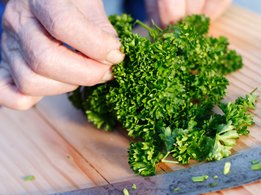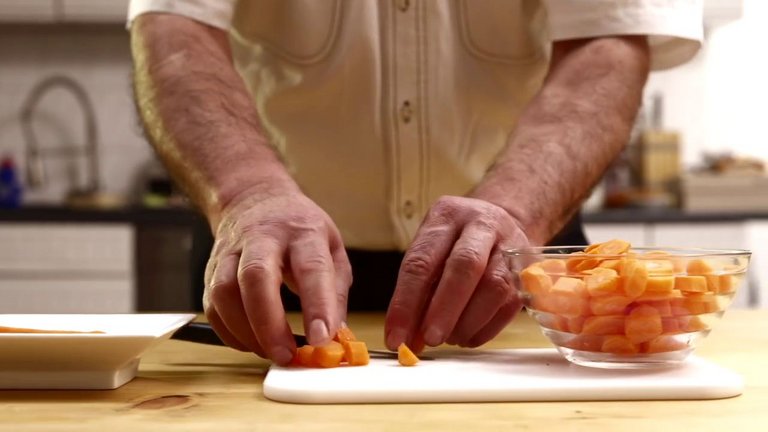So how much can I drink every day?
The amount of liquids you need daily has to be determined by your doctor. Usually this means 0.5 litres plus your remaining urine excretion (over 24 hours). Remember that what you need to count as liquids are not only drinks like water, coffee, tea or milk, but also food that is liquid at room temperature, such as drinking yoghurt, ice cream or soups.
But what can I do to control my liquid intake?
Drinking very low quantities is clearly one of the most difficult changes in your nutrition. An easy way to keep track of your liquid intake is to take a bottle of water containing your complete daily liquid allowance along during the day. Or when sitting at the dinner table, simply use smaller glasses to trick your mind!
And what can I do if I get thirsty?
There are many good tips and tricks on how to lower your thirst. One very effective method is to simply rinse your mouth or to gargle with lukewarm water. And up to 4 times a day, you can also put a half slice of lemon in your mouth – it will create a refreshed sensation!
If controlling your fluid intake is a big issue for you, another way to reduce thirst is to use sugar free gum. And on very hot days, you can prepare ice cubes with droplets of lemon or other sour fruit.



![[Translate to COM English:] [Translate to COM English:]](/fileadmin/_processed_/b/6/csm_Stir-fried_Chicken_homeTeaser_453c12faa7.jpg)